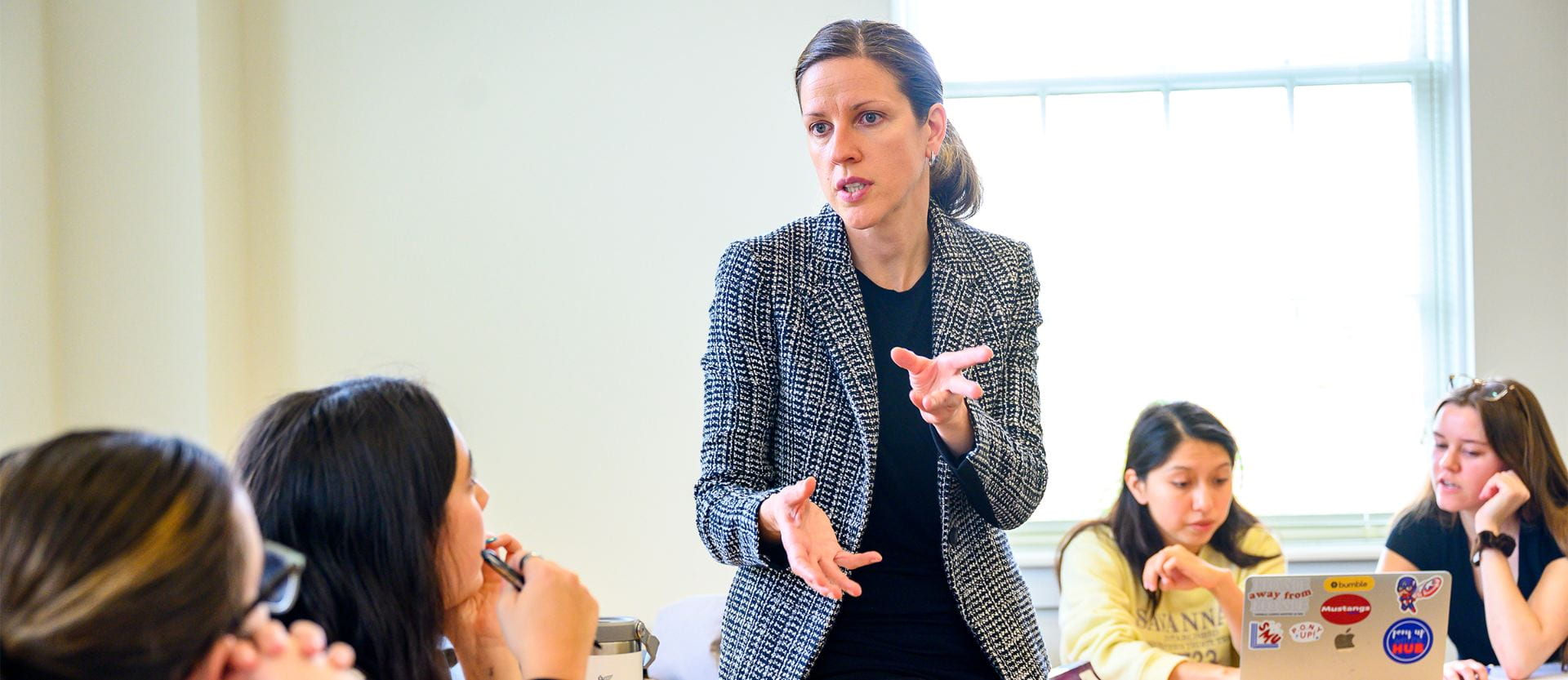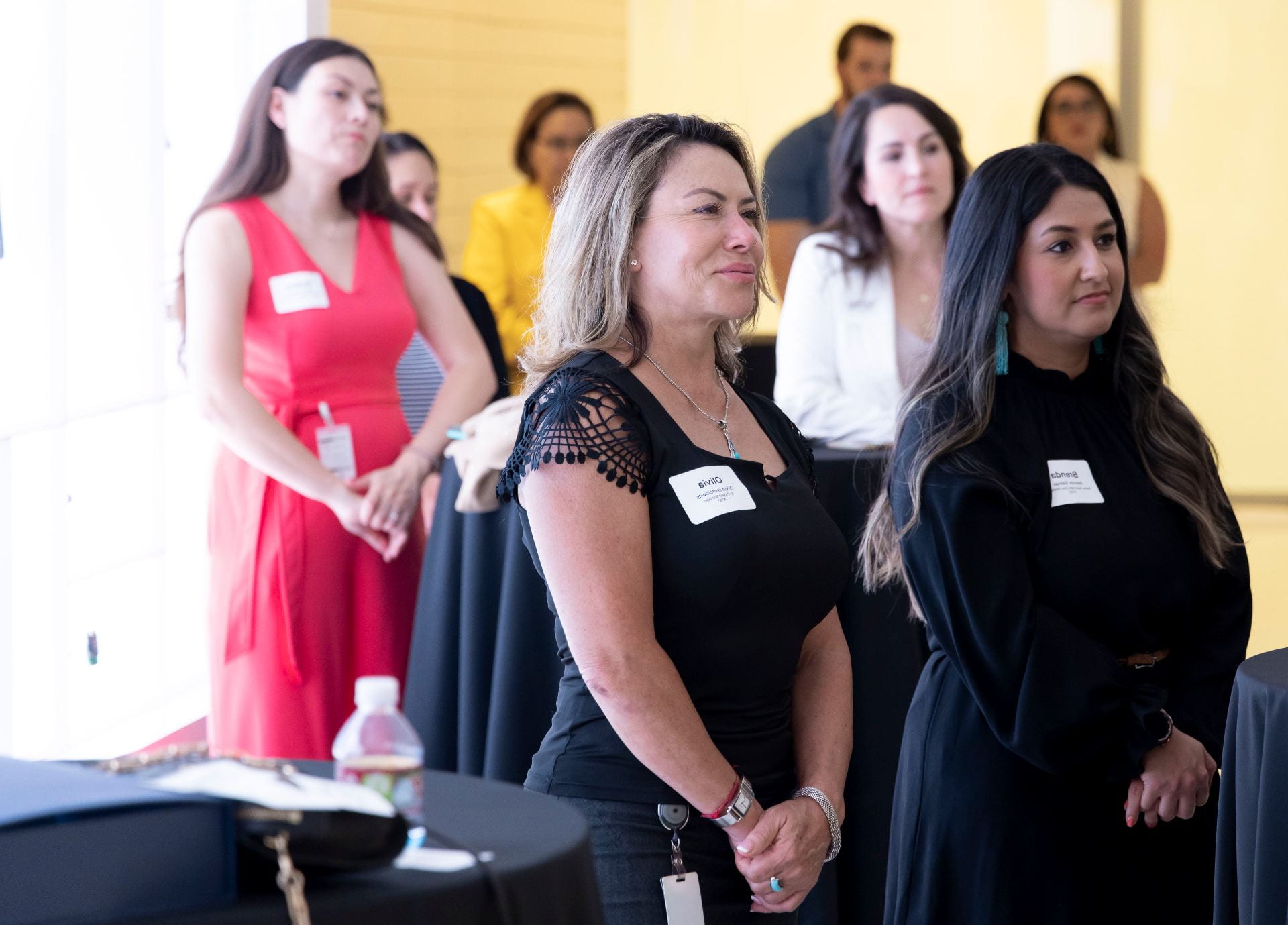Professor Amit Basu is used to remote meetings.
“I work with people all over the world, so we can’t always meet anyway,” he says. And Basu, more than most, is familiar with virtual-meeting systems, from low-tech audioconferencing to telepresence, a kind of “videoconferencing on steroids” that creates what’s called “virtual presence” through high-quality, life-size image displays installed in distant offices. “Once you start a meeting with some folks who are in a similar room elsewhere, you very quickly forget that you are in different locations,” he says.
The effectiveness of these various technologies was the subject of a 2016 paper co-authored by Basu, who is the Carr P. Collins Chair in Management Information Sciences and chairman of the SMU Cox School of Business Information Technology and Operations Management Department.
At the time of the study, more and more companies were relying on virtual meetings — a trend that seemed likely to continue even before stay-at-home orders stemming from the coronavirus pandemic made it so that millions of workers could only “meet” with their colleagues via video- and audioconferencing software.
COVID-19, of course, has made meeting virtually both standard operation and the subject of much debate, from dissections of “Zoom fatigue” to questions about whether workers will opt to continue working from home after mandates are lifted — and what that would mean for businesses.
“There’s a lot of speculation that even after folks are able to get back to their offices and their companies and their factories, there will be a bit of a shift in terms of the acceptance of virtual interaction,” Basu says. “We may actually see more people opting to go that route rather than travel, for instance.”
We met with Basu — over the phone — to discuss his findings on the limitations and benefits of meeting virtually, and what we still have to learn.
CoxToday: Many people assume that it’s always best to meet in person — but is that true?
Amit Basu: There is a notion implicit to the word meeting that you have to meet. So you would assume that face-to-face interaction would be the benchmark. We define meetings in terms of the things that you can do face-to-face, but it’s not really true that face to face is the best. In our study, we found that some technologies were actually more effective in a number of situations.
Look at what’s happened in recent months. We’re in a crisis, so people will accept all kinds of limitations. You make do. But I think as more and more people use virtual-meeting technology, some of its limitations will become more obvious and will probably drive product innovation over the longer term.
CoxToday: What are some situations where it can be better to meet virtually?
AB: In face-to-face meetings, we know side conversations can erupt easily, and people may have a hard time focusing on the agenda. This can affect outcomes. In a virtual meeting, depending on how it’s run, it may be easier to maintain people’s attention.
It’s especially easier when everybody has to view and interact with some shared content. For example, when I work on my research, there are situations in which it’s more effective for my co-authors and me to be at our respective computers editing the same document simultaneously, rather than sitting in a room where each of us is looking at pieces of paper or different parts of the document.
CoxToday: What are some of the limitations of virtual meetings?
AB: It’s harder to have those side conversations. You can set up a private chat, but it’s not as effective as being able to lean over and point to something on a sheet of paper. It’s also sort of unnatural interacting with small images of people on a screen. There’s a feeling of disconnection: the essential remoteness and distance; the sensation that you are communicating but you’re not necessarily meeting. You have the problem of making sure everybody’s paying attention, especially when you get into big meetings. We all know of virtual meetings where people will mute their video and their microphone, and you have no idea what they’re doing.
CoxToday: So how can managers deal with those limitations?
AB: At one level, the preparation for the meeting should be the same. But you may have less flexibility in terms of how you share information. You need to have the documents and applications you want to share ready for the meeting. It becomes really important to set an agenda. Unless people know what to expect, they may not engage. They may check out more easily, and you may not realize that.
CoxToday: Is there an ideal number of participants you should keep in mind when organizing a virtual meeting?
AB: Virtual meetings tend to work well for small groups. What we found in our research is that the effectiveness of a particular meeting mode goes down quite significantly when the size of the group increases. It becomes much more difficult to communicate feelings and emotions. Then you can look at a symposium or conference, where a speaker is addressing a large audience, and again virtual-meeting technology works great. It’s the middle ground of about 15 or 20 people meeting where it becomes much harder to get the full benefits. You find that even with basic audioconferencing. It’s OK for a routine exchange of information, but anything more than that can become very difficult with a large group.
CoxToday: Are certain modes — videoconferencing, audioconferencing, telepresence and others — better for certain situations?
AB: In the study, we looked at precisely that question. When is each technology effective? It’s clear that it’s not the same for different kinds of meetings. In meetings where you need nonverbal elements — to convey body language and emotions and so on — telepresence actually matched up quite well with face-to-face meetings. But even inexpensive and simple virtual technologies like audioconferencing and desktop videoconferencing were quite effective for a number of objectives.
One really important thing that came out of the study is the fact that hybrid meetings — meaning meetings where people are interacting in different modes — don’t work well. That’s the case even within the same platform. If you’re using Zoom or GoToMeeting, you could have a situation where some people are interacting on their laptops, others are on dedicated videoconferencing systems and still other people are on their smartphones. With those different capabilities, you’re going to have less effective meetings, particularly because a large part of the motivation for meeting is to have exchange and interaction.
CoxToday: What’s an aspect of virtual meetings you’d like to see studied further now that so many businesses are newly reliant on these kinds of technologies?
AB: When we emerge from this crisis, there will be a lot of studies done on this, just because there will be such rich data available. One question we keep hitting on — and it’s still a very open question — is to what extent meeting virtually affects the quality and the value of meeting outcomes. I know a lot of people who say, “You know, I never imagined being able to have an effective meeting over Zoom, and now I just love it.” So, I think you overcome your resistance to it. But the question is, “Are you getting some value that you didn’t get in a face-to-face meeting?” I think that’s going to be very interesting to find out.














